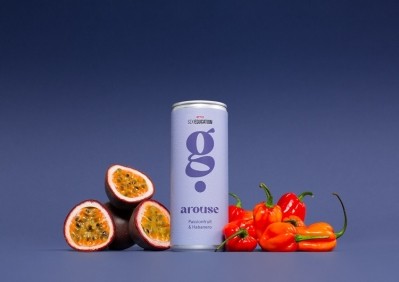When is iron most bioavailable?

Iron is an essential nutrient for human health. A lack of it can lead to low energy, heart palpitations and shortness of breath, and even anaemia. Iron deficiency can also have long-term affects on the growth of children.
For a human to take in enough iron in the food they eat, it must be bioavailable to allow for its absorption.
What is bioavailability?
Bioavailability is, essentially, how much of a given nutrient is absorbed into the body after it is consumed as part of a food.
“It describes the capability of a micronutrient source to contribute to the physiological requirements for that micronutrient,” Susan Fairweather-Tait, professor of human nutrition at the University of East Anglia, says.
The bioavailability of iron in particular, she told us, is measurable. “For iron, it is possible to directly measure utilisation (i.e. bioavailability) as the percentage incorporation of an isotopically-labelled dose of iron into haemoglobin (whereby 80% of absorbed iron is incorporated into haemoglobin).”
What affects the bioavailability of iron?
The bioavailability of iron in food varies highly. According to Jeannine Baumgartner, lecturer in nutritional science at King’s College London, it often depends on both the type of iron and whether or not iron absorption inhibitors or enhancers are present in the food or meal matric.
Haem iron, which is found in animal-based foods, is significantly more bioavailable than non-haem iron found in plant-based foods. Absorption studies, she told us, indicate that while the bioavailability of non-haem iron is 2-20%, the bioavailability of haem iron is 15-40%.
“Especially the bioavailability of non-haem iron may depend greatly on the presence of iron absorption inhibitors, such as polyphenols, phytic acid and calcium, and iron absorption enhancers, such as vitamin C and organic acids, in the food or meal matrix,” says Baumgartner.
Iron’s levels of bioavailability may also be dependent on a person’s iron status. For example, Fairweather-Tait explains, when someone is deficient in iron, the absorptive pathways are more ‘unregulated,’ meaning that iron will be more likely to be absorbed from any source the body can get. Conversely, when one has a good store of iron, the reverse is true.
“For iron, it is usual to measure relative bioavailability (to remove the confounding effect of iron status).”
According to Baumgartner, when one consumes non-haem iron together with a source of vitamin C, this can increase the bioavailability of said iron. Furthermore, one can avoid consuming non-haem iron with inhibitors such as polyphenols, phytic acid and calcium.
There are also processing methods that may increase iron bioavailability. For example, lactic acid fermentation, that used with sauerkraut and sourdough bread, can do so, as can the dephytinisation of cereals and legumes through the addition of phytase enzymes.
Can fortification affect bioavailability?
Iron fortification does not usually increase bioavailability, and may actually decrease it in large enough amounts. However, fortification will still increase the amount that the body absorbs, simply because there is more of it.
“Although there is a dose-response effect whereby % absorption (and hence bioavailability) will fall with increasing dose, the actual amount that is taken into the body (and used for physiological functions) will be higher,” Fairweather-Tait told FoodNavigator.
It is possible to fortify foods specifically with iron that is protected from interacting with inhibitors, primarily phytate, she told us. This is a strategy used in countries with a high intake of unrefined grains.
Foods are usually fortified with non-haem iron, Baumgartner told us, and this is usually susceptible to the same factors as naturally occurring iron in regards to bioavailability.
The bioavailability of iron-fortified foods also depends on the chemical form of the iron compound added to the food. The compound that is chosen by food manufacturers is not always chosen purely on the basis of bioavailability alone, but also the affect it has on the colour and flavour of a given food. For example, she told us, water-soluble iron compounds are better absorbed than poorly water-soluble ones, but these can cause changes in colour and flavour that are often deemed unacceptable.





















